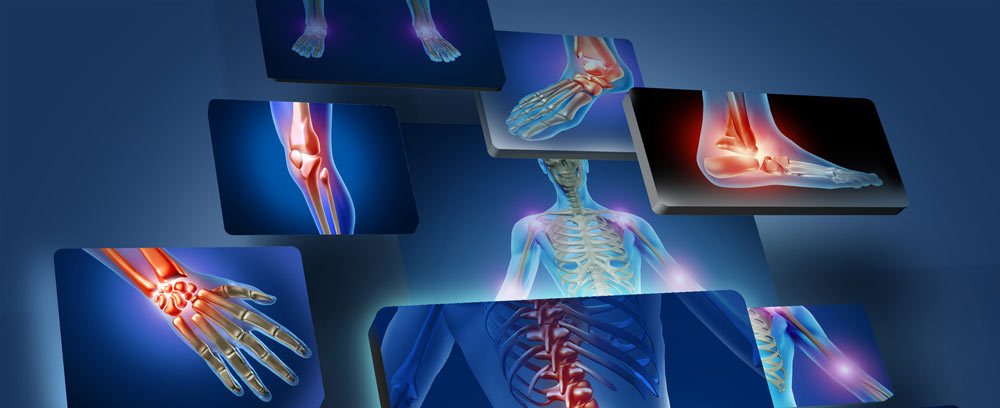Shoulder Part 2: Shoulder Stability

Shoulder Function for Office Workers
Last week we looked at shoulder mobility in athletes and production workers, so this week we will focus on shoulder stability in office workers and mostly sedentary individuals. How many of us sit at our computers like this:

I’m often guilty of this as well! Sitting in this manner does a couple of things. First it puts the upper back into flexion and the upper neck into extension. How many of us complain of upper trap tightness or neck pain and headaches, or both? This posture is a major contributor.
 Secondly, it causes rounding of the shoulders which leads to tight pec muscles and pulls the shoulder blades along the rib cage and away from the spine. This further contributes to upper back flexion, and leads to muscle soreness between the shoulder blades, as these muscles get chronically over-stretched and begin to weaken. This muscle weakness can lead to shoulder problems as the shoulder blade becomes functionally unstable and moves too much.
Secondly, it causes rounding of the shoulders which leads to tight pec muscles and pulls the shoulder blades along the rib cage and away from the spine. This further contributes to upper back flexion, and leads to muscle soreness between the shoulder blades, as these muscles get chronically over-stretched and begin to weaken. This muscle weakness can lead to shoulder problems as the shoulder blade becomes functionally unstable and moves too much.
How Posture Affects Your Shoulders
Adjusting your posture has many health benefits. It takes stress off your posterior shoulder muscles, relieves muscle tension at the top of your neck and back of your head, and allows for better breathing using your diaphragm instead of other accessory muscles. Additionally, it takes stress off the joints and discs in both the neck and low back.
To maintain this posture while working, it’s important to make sure your monitor screen is at eye level and your keyboard is positioned level with your elbows.
Often when working at the computer for a prolonged period of time, the last thing on the mind is posture. One easy way to help retrain posture is to take posture breaks each hour. (Don’t worry, it only takes about 30 seconds.) Here is an easy option called Brueggers Posture Breaks:
 Sit up tall, roll your shoulders back and down, and rotate your hands so your thumb is pointed behind you, as depicted in the picture to the right. This will help put your shoulders and upper back in a better, neutral posture.
Sit up tall, roll your shoulders back and down, and rotate your hands so your thumb is pointed behind you, as depicted in the picture to the right. This will help put your shoulders and upper back in a better, neutral posture.
Conclusion
As with the previous articles on hip and shoulder mobility, there are functional screens that can be performed to assess shoulder blade or scapular function. Using these screens we can pinpoint the structure causing your pain and evaluate which muscles need to be stretched or released and which need to be strengthened. If you are experiencing any of the symptoms discussed in this article, please call our office or schedule online to see how we might be able to help you live a pain-free and more functional life.
 262-373-9168
262-373-9168



